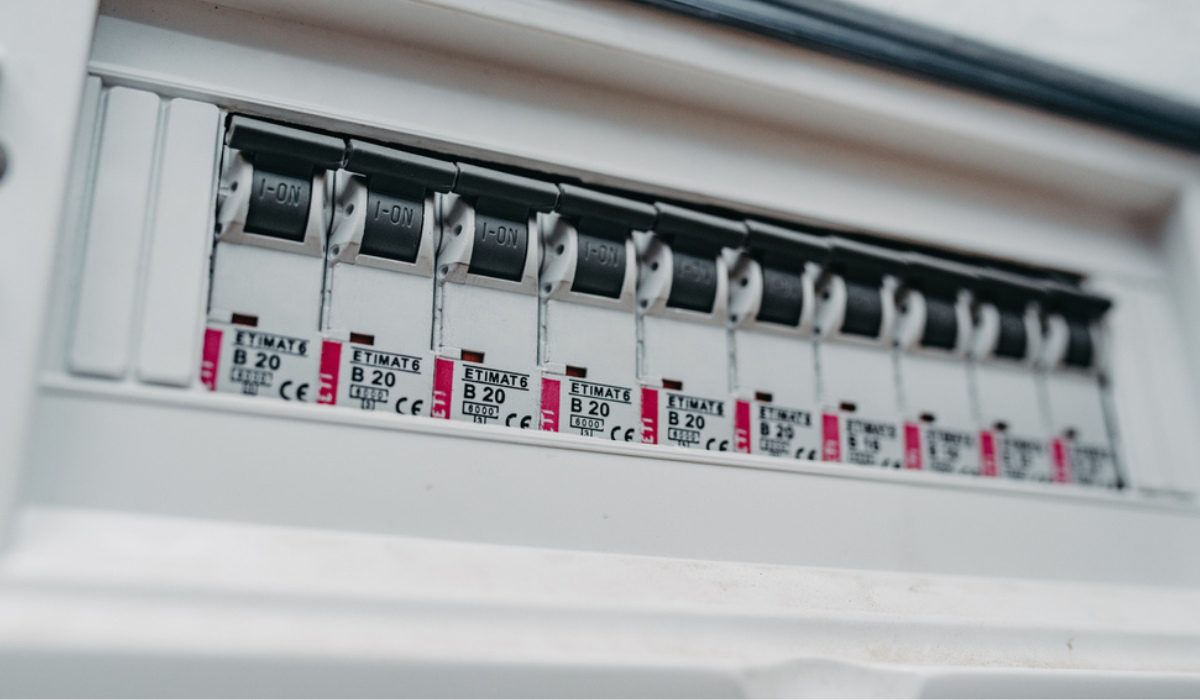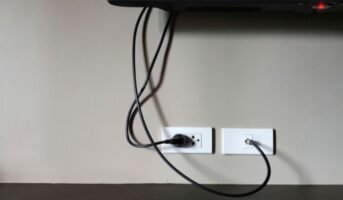As a homeowner, you may wonder what type of circuit breaker is best for your home. There are several factors to consider when selecting a circuit breaker, including the level of protection you need, the specific requirements of your electrical system, and the appearance of the breaker.
Circuit breakers are an important aspect of any electrical system, as they protect against dangerous electrical surges and help prevent fires. There are many types of circuit breakers available, each with its unique characteristics and uses. Understanding the different types of circuit breakers and how they impact your decor can help you make informed decisions about the right breaker for your home or business.
In this article, you will get an idea of the type of circuit breakers and which one is best according to your needs.
Types of circuit breakers for your home
Thermal Circuit Breakers

Magnetic Circuit Breakers
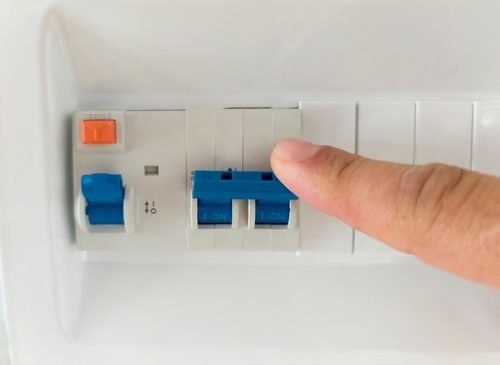
Hybrid Circuit Breakers
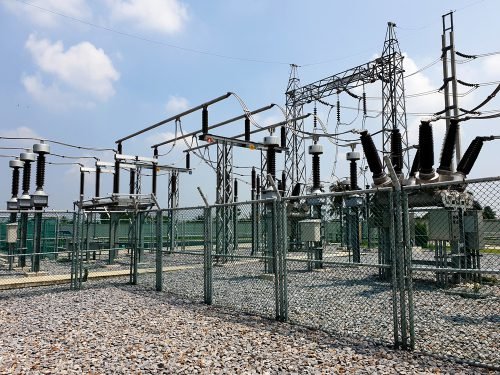
Ground Fault Circuit Interrupters
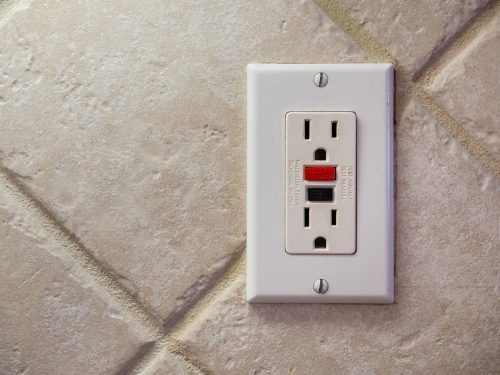
Arc Fault Circuit Interrupters
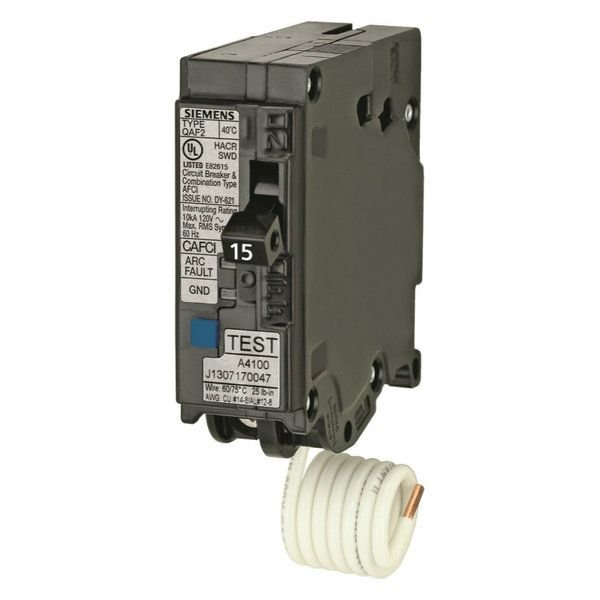
Miniature Circuit Breakers

These automatic switches open in an event of excessive current flow through the circuit.
Standard circuit breakers

Source: Pinterest
Standard circuit breakers are the most common in most residential and commercial properties. They work by interrupting the flow of electricity when it becomes too high, which helps prevent fires and other electrical hazards. Standard circuit breakers are typically rated for 15 or 20 amps and are designed to protect circuits in your home or business from overloads.
Standard circuit breakers are typically easy to install and are compatible with most electrical panels. They are also more affordable, making them a good choice for homeowners and business owners. However, it’s important to note that standard circuit breakers do not protect against ground faults or arcs, which can be dangerous electrical hazards. If you want additional protection against these hazards, you may want to consider GFCIs, AFCIs, or dual-function circuit breakers.
Standard circuit breakers are typically easy to install and are compatible with most electrical panels. They are also relatively affordable, making them a popular choice for homeowners and business owners.
8. Ground-Fault Circuit Interrupters (GFCIs)

Source: Pinterest
Ground fault circuit interrupters, also known as GFCIs, are designed to protect against electrical shock and are commonly used in areas where water and electricity are present, such as bathrooms, kitchens, and outdoor outlets. GFCIs detect any difference in the current flowing through the hot and neutral wires and will trip the circuit if a ground fault is detected.
A ground fault occurs when electricity flows through an unintended path, such as through a person or water. This can be dangerous, resulting in electrocution or other electrical hazards. GFCIs are designed to detect ground faults and quickly interrupt the flow of electricity to prevent these hazards.
Arc Fault Circuit Interrupters (AFCIs)

Source: Pinterest
Arc fault circuit interrupters are designed to protect against electrical arcs, which can cause fires. These circuit breakers are typically used in bedroom circuits and other areas where electrical appliances and devices are used frequently. AFCIs detect any arcs in the circuit and trip the circuit if one is detected.
An electrical arc occurs when electricity jumps across an air gap, creating a spark. Damaged or worn electrical cords, loose connections, or other issues can cause arcs. While they may not always be visible, arcs can generate heat and cause fires. AFCIs are designed to detect these arcs and interrupt the flow of electricity before a fire can occur.
Dual function circuit breakers

Source: Pinterest
Dual-function circuit breakers, also known as combination AFCI/GFCI circuit breakers, are designed to provide GFCI and AFCI protection in a single unit. These types of circuit breakers are beneficial in areas where both GFCI and AFCI protection is required, such as bathrooms and kitchens.
GFCIs protect against electrical shocks by detecting any difference in the current flowing through the hot and neutral wires and interrupting the circuit if a ground fault is detected. AFCIs protect against electrical arcs, which can cause fires, by detecting arcs in the circuit and interrupting the circuit if an arc is detected.
Dual-function circuit breakers combine these two types of protection into a single unit, providing added convenience and protection for your home or business.
Thermal circuit breakers

Source: Pinterest
Thermal circuit breakers are designed to protect against overheating, which can cause fires. These circuit breakers work by interrupting the flow of electricity when the temperature of the circuit becomes too high. Thermal circuit breakers are typically used in circuits that are prone to overheating, such as those that are used to power heavy appliances or machinery.
Thermal circuit breakers use a bimetallic strip or disc to detect overheating. As the temperature of the circuit increases, the bimetallic strip or disc expands, causing the circuit breaker to trip and interrupt the flow of electricity. Thermal circuit breakers are available in a variety of sizes and ratings to meet the specific needs of different electrical systems.
Thermal circuit breakers are typically easy to install and are compatible with most electrical panels. They are a good choice for circuits prone to overheating, as they can help prevent fires and protect the circuit from damage.
Magnetic circuit breakers

Source: Pinterest
Magnetic circuit breakers are designed to protect against electrical surges and are typically used in commercial and industrial settings. These circuit breakers work by using a solenoid, or magnet, to interrupt the flow of electricity when an electrical surge is detected. Magnetic circuit breakers are typically more expensive than standard circuit breakers, but they offer a higher level of protection against electrical surges.
When an electrical surge is detected, the solenoid is activated, causing the circuit breaker to trip and interrupt the flow of electricity. Magnetic circuit breakers are available in various sizes and ratings to meet the specific needs of different electrical systems.
Magnetic circuit breakers are typically easy to install and are compatible with most electrical panels. They are a good choice for commercial and industrial settings, as they offer a higher level of protection against electrical surges.
What do these different types of circuit breakers mean for your decor?
The type of circuit breaker you choose can impact the appearance of your electrical panel and the surrounding area. Standard circuit breakers are typically the most straightforward option, as they are simple and unobtrusive.
GFCIs, AFCIs, and dual-function circuit breakers may be slightly larger and more noticeable, but they offer additional protection against electrical hazards. Thermal circuit breakers and magnetic circuit breakers may be larger and more complex in appearance, but they offer a higher level of protection against electrical surges and overheating.
When it comes to decor, it’s important to consider the overall aesthetic of your home or business and how the appearance of your circuit breaker may fit into that. If you have modern, minimalist decor, a standard circuit breaker may be the best option. If you have the more traditional set, a larger and more noticeable circuit breaker may fit in better with your overall aesthetic.
Ultimately, the type of circuit breaker you choose will depend on your specific needs and the requirements of your electrical system. Understanding the different types of circuit breakers and how they can impact your decor can help you make informed decisions when it comes to selecting the right breaker for your home or business.
FAQs
What are the different types of circuit breakers?
Standard, GFCI, AFCI, dual function, thermal, and magnetic circuit breakers.
How do circuit breakers work?
Circuit breakers work by interrupting the flow of electricity when it becomes too high, which helps prevent fires and other electrical hazards.
What are GFCIs and AFCIs used for?
GFCIs protect against electrical shocks, while AFCIs protect against electrical arcs.
What is a dual-function circuit breaker?
A combination AFCI/GFCI circuit breaker that provides both GFCI and AFCI protection.
How do I choose the correct circuit breaker for my home or business?
Consider the specific requirements of your electrical system and the level of protection needed, then consult with a qualified electrician or electrical engineer.

With 16+ years of experience in various sectors, of which more than ten years in real estate, Anuradha Ramamirtham excels in tracking property trends and simplifying housing-related topics such as Rera, housing lottery, etc. Her diverse background includes roles at Times Property, Tech Target India, Indiantelevision.com and ITNation. Anuradha holds a PG Diploma degree in Journalism from KC College and has done BSc (IT) from SIES. In her leisure time, she enjoys singing and travelling.
Email: [email protected]
